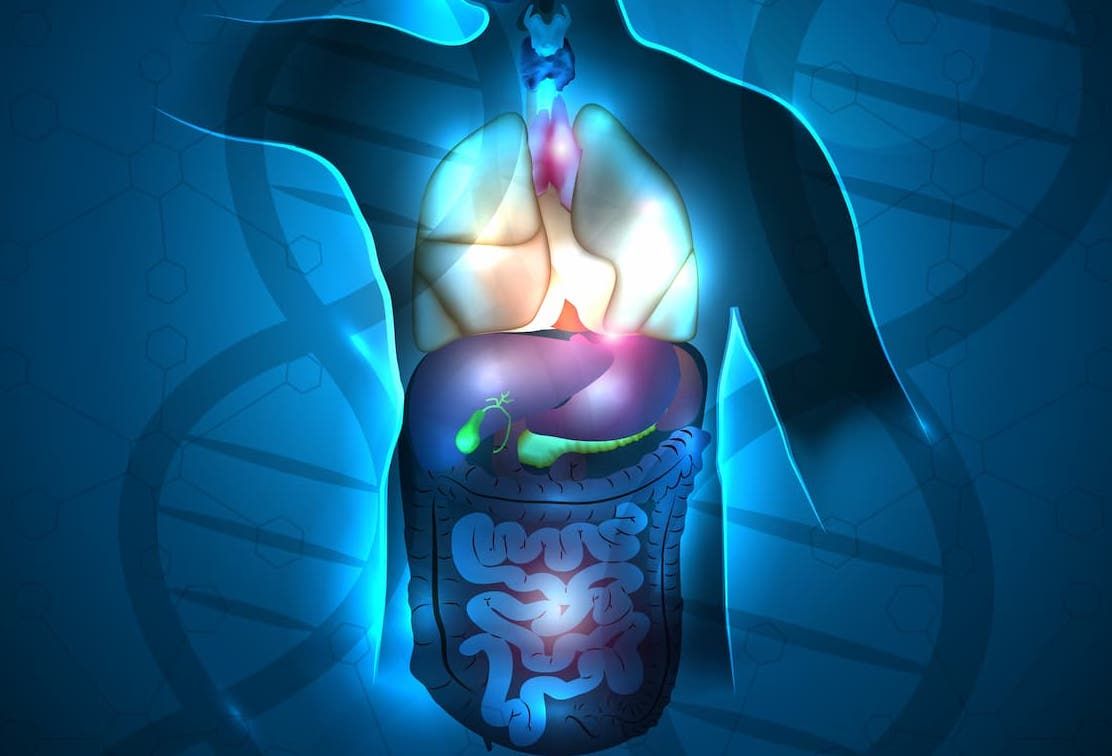Camrelizumab Plus Chemo Yields Improved Response Rates in Gastric/GEJ Cancer
Results from the phase 2 FDZL-001 trial showed high OS and PFS rates when camrelizumab plus Nab-POF was used to treat patients with gastric/GEJ cancer.
Results from the phase 2 FDZL-001 trial showed high OS and PFS rates when camrelizumab plus Nab-POF was used to treat patients with gastric/GEJ cancer.

Camrelizumab plus nab-paclitaxel (Abraxane), oxaliplatin, fluorouracil (Nab-POF) was found to have safe conversion rates with high efficacy response at 3 years for patients with gastric or gastroesophageal junction (GEJ) adenocarcinoma, according to results from the phase 2 FDZL-001 trial (NCT04510064) presented at the 2025 ASCO Gastrointestinal Cancer Symposium.
The median overall survival (OS) was not reached (NR; 95% CI, 25.4-not evaluable [NE]). The 3-year OS rate was 62.8% (95% CI, 41.6%-78.0%). The median progression-free survival (PFS) was NR (95% CI, 17.0-NE). At 3-years, the PFS rate was 56.9% (95% CI, 45.7%-86.3%).
The R0 resection rate was achieved in 75.0% of patients. A pathological complete response (pCR) was noted in 23.1% of patients, the overall response rate (ORR) was 88.5%, and the disease control rate (DCR) was 98.1%. The total complete response rate (CR) that included clinical complete response plus pCR was 23.1%.
“[The FDZL-001] trial preliminarily shows promising results providing a new conversion drug treatment option for patients with initially unresectable, locally advanced and limited metastatic gastric or GEJ adenocarcinoma,” Qirong Geng, MD, from the Department of Medical Oncology, Fudan University Shanghai Cancer Center, Shanghai, China, stated during the presentation.
A total of 52 patients were enrolled, with 73.1% being male, and 50.0%, respectively, being younger than 65 or older than 65. An ECOG performance status of 0 or 1 was noted in 100% of patients, and 78.8% had metastatic disease.
The primary tumor location was either proximal gastric (34.6%), distal gastric (34.6%), gastric body (23.1%), or multicentric (7.7%). Additionally, a majority of patients did not have liver metastases (53.8%) or lung metastases (100.0%).
Patients were given 200 mg of camrelizumab plus 125 mg/m2 of nab-paclitaxel, and 85 mg/m2 of oxaliplatin. If patients were HER2-positive, they were given trastuzumab (Herceptin) at 6 mg/kg for the first dose then 4 mg/kg thereafter. Fluorouracil was given at 2.4 g/m2.
The primary end point was R0 resection rate. Key secondary end points included ORR, DCR, pCR, total CR, PFS, and OS.
Overall, 53 patients were given the study treatment with or without trastuzumab, of that 43 were HER2-negative and 10 were HER2-positive. This included the 52 evaluable patients in the per protocol set, with 39 continuing on to surgery, and 39 continuing prescheduled post-operation treatment and follow-up. Of note, 7 died during the analysis.
The subgroup analysis found that there was no difference in the OS and PFS between patients with HER2-positive and HER2-negative disease with locally advanced and limited metastatic tumors. Investigators also highlighted that the 3-year OS was above 50% for those who had HER2-negative disease or limited metastatic disease.
Regarding safety, treatment-related adverse effects (TRAEs) occurred in 100% of patients for all grade and 42.3% for grade 3/4. The most common hematologic TRAEs were anemia (86.5% vs 3.8%), neutropenia (78.8% vs 36.5%), leukopenia (63.5% vs 9.6%), and thrombocytopenia (48.1% vs 3.8%) between all grade and grade 3/4, respectively.
The non-hematologic TRAEs included reactive cutaneous capillary endothelial proliferation (63.5% vs 0.0%), aspartate aminotransferase increase (51.9% vs 1.9%), alanine aminotransferase increase (50.0% vs 1.9%), rash (21.1% vs 1.9%), and febrile neutropenia (0.0% vs 3.8%) between all grade and grade 3/4, respectively.
Immune-related AEs of all grade occurred in 19.2% of patients and 3.8% for grade 3/4. The most common included adrenal insufficiency (1.9% vs 1.9%) and dermatitis (1.9% vs 1.9%) between all grade and grade 3/4, respectively.
Reference
Geng Q, Feng W, Huang H, et al. Conversion effects of PD-1 inhibitor camrelizumab (Cam) combined with Nab-POF regimen in patients (pts) with initially unresectable locally advanced or limited metastatic gastric or gastroesophageal junction adenocarcinoma: FDZL-001 trial. J Clin Oncol. 2025;43(4):334. doi:10.1200/JCO.2025.43.4_suppl.334